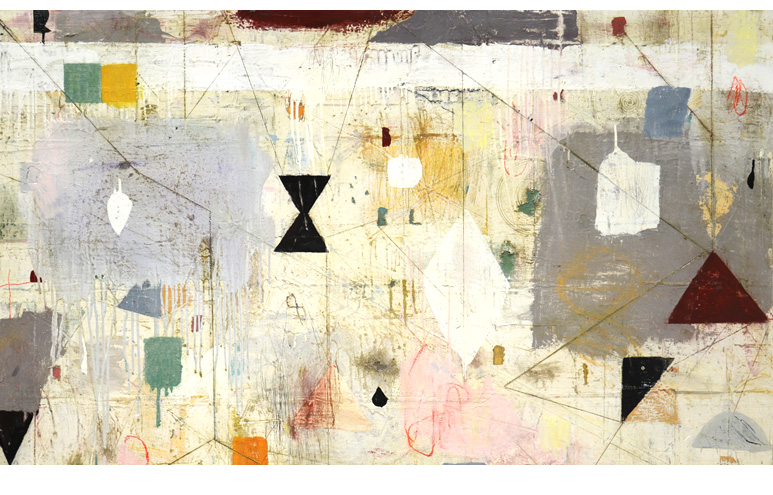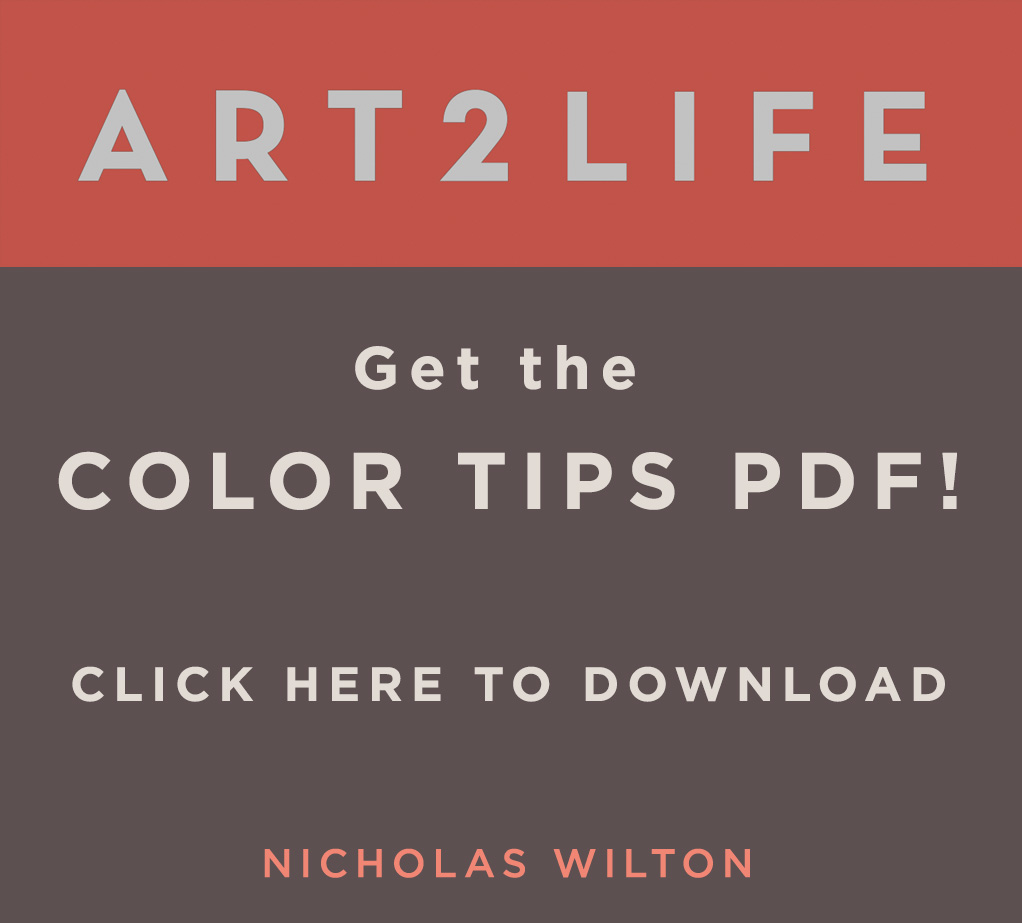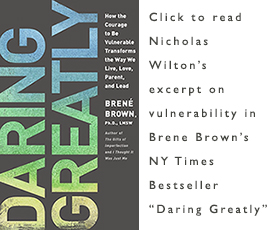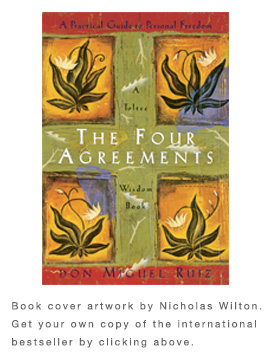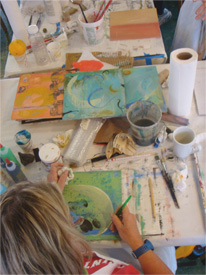Discerning Style
What do you prefer?
How Can I Copy Another Artist’s Work?
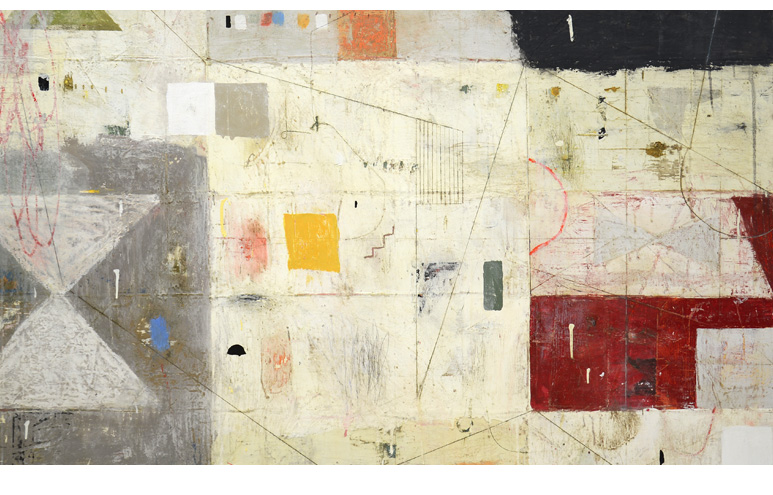 I kind of cringed when I wrote that subject line. I used to think like this. In the past, usually when my art was not going so well, I would look outside of myself for answers. Maybe I hadn’t sold anything or was just feeling kind of unconfident about what I was making. It just somehow seemed that everyone in the world was doing better than me. What ever it is, sometimes when things aren’t going so well here, we look over there, to see what others are making.
I kind of cringed when I wrote that subject line. I used to think like this. In the past, usually when my art was not going so well, I would look outside of myself for answers. Maybe I hadn’t sold anything or was just feeling kind of unconfident about what I was making. It just somehow seemed that everyone in the world was doing better than me. What ever it is, sometimes when things aren’t going so well here, we look over there, to see what others are making.
And then, if you see art that you love and it appears to be doing all the things that yours is not, such as selling or appearing any number of ways, all better than your own work, it does seem logical that you just might make your work more like that work. In fact, you just might try, when nobody is looking, to copy that work.
And that is a problem. Not so much because, as we all have found out, it is not so fun, but because it is not at all the right path to lead you back to where you belong. Where you should be starting. Where you should be paying attention: your Art.
We need to be inspired. It is essential to look at others work. Especially work that is going where you would like to go someday. But we need to do it with a particular set of questions and goals. Ones that help us get the benefits of looking at others work but also keep us in our own artistic lanes. Remember there is something in this art that is calling you to it. And that is what we are after.
Here are the questions I use when falling in love with someone else’s art.
What specifically are the qualities of the admired art that attract you?
Really go deep with this question. Write down the specific aspects you admire.
Compared to your art… Is it more colorful? More loose? Is it the subject matter or the feeling of the finished work that draws you to it?
Does my art have some of these qualities already?
It might be possible that all you need to do is strengthen these qualities in your own work to improve it. In other words you just need to push your art further.
What would I change about this admired work if I were making it?
In other words what don’t you like about it?
In asking and then answering all three of these questions, you are framing this attraction in terms of your own art.
Let others work help inform you about where you want to go. The whole creative world is self-referential. All of us are influencing one another. The successes of others should inspire you. After all, if it possible for them, it is possible for you too.
Take a dive into what others are making, but do it looking through the lens of your own art. You always need to be driving your own car. Not somebody else’s. There is no room in their car anyway for you. Drive yours. Stay in your lane. Sure, listen to the radio as you go, but don’t try to become it. Just listen and let it inspire you as you go. It is the soundtrack to your movie. Your art. Your life.
Listen To Your Work
Sometimes we have to learn how to listen to what our art is telling us.
Three Words That Can Save Your Life.
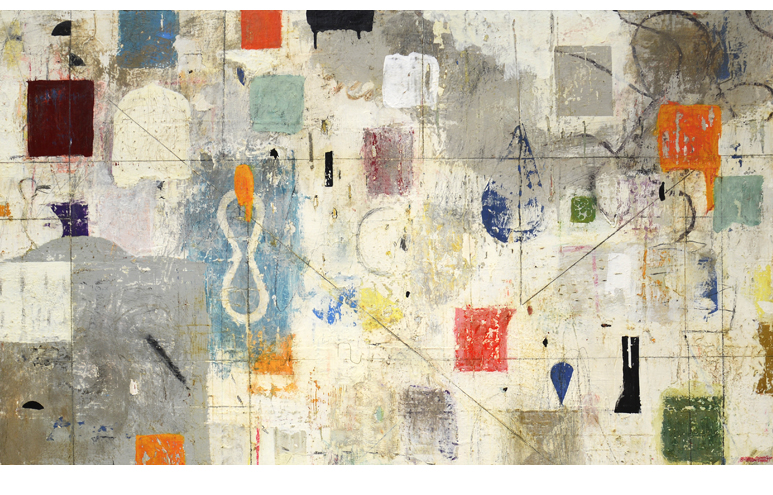 One of the challenges I have found in making my art is to remember where it is all headed. One day I catch glimpses of the direction of my art and this informs each individual painting I am working on. It infuses them with clarity and potency. But then a few days go by and I come in and work for a while and I simply forget for where I am going. A whole day might pass before re-remembering what exactly I am after in my work.
One of the challenges I have found in making my art is to remember where it is all headed. One day I catch glimpses of the direction of my art and this informs each individual painting I am working on. It infuses them with clarity and potency. But then a few days go by and I come in and work for a while and I simply forget for where I am going. A whole day might pass before re-remembering what exactly I am after in my work.
So I came up with this little trick.
One day I spent about an hour writing down every conceivable word that relates to my work. They describe aspects of your work presently or even in the future. For example I started my list with these words…nature, weathered, erosion, universal, abstract, spiritual, vulnerability, saturation, subtlety, poem, quiet, joy, primitive, line, drawing, symbols, etc. In about 25 minutes I had over a hundred.
You can do this too. It is easier to come up with your words while looking at 2-3 paintings you particularly love.
Next, go over the list and choose about a dozen words that are particularly relevant. The ones that say YES! to you. And this is an important step…these 12 have to really resonate with you.
Pin these words up somewhere you can see them in your day. After a few days of looking at them some will emerge as more potent than all the others. And then, have a second go at this editing process. Try to whittle the 12 down to 3 words.
When you read these three words your energy level should uptick. You should feel slightly more energetic. They should bring you alive. They should make you want to make art.
In a way, these 3 words are your simplified mission statement. They are your “Uber” words.
Next, make a bold sign—in fact make several. Post one on your studio wall. Put another one in your house somewhere you will see it. Make it the background of your iPhone. Consider adding these 3 words under your name on your website.
Now when you wander into your studio, possibly after doing random errands, possibly already distracted by whatever life has thrown at you, you can simply glance at your studio wall and read three words.
Three words that remind you of what is meaningful to you. They are why you stepped up to make art in the first place. These words are why you choose, against all odds, to make a life centered upon creativity. One filled with boldness, risk, faith and joy.
Three words that instantly bring you a little bit more alive and upon seeing them delicately deliver you, once again, back to your art and of course your life as well.
Start Differently
In the beginning it really helps if that beginning is totally new for you. The stakes are low but the potential is high. It can be really exciting to begin something new. The way you start is a big reason why.
How do you start your work?
In gratitude, Nicholas
Your Intuition Makes Your Art Stronger.
What exactly is going on in our heads when we are making art? I do a lot of working from intuition but also spend a lot of time sitting in a chair scratching my head trying to understand what to do next.
I am starting to see, at least in my practice; there are basically two kinds of thinking going on. One is the analytical, judgmental kind, and the other is the more intuitive, take a leap of faith kind. These are, respectively, the left-brain and the right brain thinking.
I have been taking notes lately about this aspect of my process and it has been super helpful for me. Understanding how we think can actually even out the emotional roller coaster we can sometimes feel when we are trying to make our art. Maybe some of my recent realizations about my process could help even out yours as well.
This is what I have discovered.
The best parts are made by intuition.
All the work I like best and even the work that seems to sell at the opening night of my shows usually are made with a high degree of intuition. I can literally point to an area of a painting and say that area was totally unplanned. I have no idea how I made it but it is often my favorite part. My goal lately, therefore, has been to increase the amount of time I am working intuitively on a painting. Now I say, as a general reminder, to the participants in my workshops that they should try to shoot for 50% of the time to be working intuitively, rather than staying analytical the whole time.
Using intuition is easier
Part of the reason I keep increasing the time I work intuitively is that it quite possibly is the easiest part of my process. There are no instructions, no “shoulds” no way to plan or rehearse what to do. We are perfectly ready to work intuitive right here, right now. Working intuitively requires no thinking at all. When I do, I am just responding in any way I please to what is unfolding in front of me on the canvas. This is truly creative freedom and it doesn’t get any better than this. Sometimes it is hard to believe we have absolutely no restrictions upon what we do. Working intuitively reminds us of the sometimes forgotten benefit of making art.
We are free.
The Pause that Refreshes
So most of the time, actually most of our lives, we are operating from the more analytical ‘left side’ of our brain. Figuring out how to get art supplies, how to set up lights in our studios, sending out promotional materials, pricing our art all are mostly solved with the left side of our brain. We also, of course, need to use this side of our brain when making our art.
The only problem I have found, is that when I stand back and look at my work I can sometimes feel that side of my brain, the left side, too much in the finished work. It makes my art look like I have been trying too hard. I know you know what I mean. I actually really dislike it when my work ends up looking this way. A casual observer might say, ”It looks like, in this painting you didn’t have as much fun” and in truth, they would be right. Working excessively trying to control everything does become tiring and is definitely, not fun.
So this pivot, this piece of remembering to switch over to working intuitively is very important. It provides the artist with a refreshing break from the controlling aspect of themselves. Switching into a more right brain, intuitive mode invites mystery surprise and delight into our work.
Having too much of one thing, in this case control, left brain thinking, can become boring and monotonous. Like almost all aspects of art making, and life, actually, the juice, the feeling of aliveness that we are all after seems to come at the intersection of opposites. The one thing always comes bundled with the other one. They need each other. The holding on with the letting go, the dull with the bright colors, the hard with the easy and in this case the left brain thinking with the right brain kind of thinking.
I have given up trying to fight these opposing sides, but instead happily walk from one to another. It only takes a millisecond to leave one and arrive in the second, and then back again. It is like an endless dance between two opposing states of being. Neither is better that the other and both are evenly balanced with each other.
It almost seems too perfect to be true.
But thankfully, it is.
Making Less Can Give Us More
Often in our painting we end up having many elements in the foreground that sit on top of a background. However, sometimes, if we can bring the background back on top of the foreground it can provide visual relief. This is called spaciousness and more often than not, it improves the painting.
Sometimes creating a feeling of less gives us more.
How do you bring spaciousness into your work?
In gratitude, Nicholas
Your Art Is The Answer
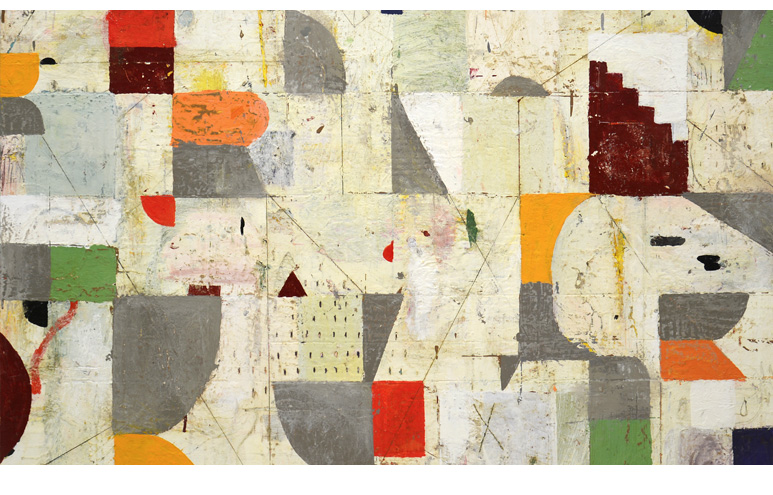 I was so busy yesterday that I didn’t get to the studio again. I had already skipped a couple of days as there were just so many errands piling up, so many people to call back, and to make matters worse I had also run out of dog food. I noticed that my missed days were indeed piling up pretty much at the same rate as the To Dos on my list. Of course you never actually get ahead. I know I know this.
I was so busy yesterday that I didn’t get to the studio again. I had already skipped a couple of days as there were just so many errands piling up, so many people to call back, and to make matters worse I had also run out of dog food. I noticed that my missed days were indeed piling up pretty much at the same rate as the To Dos on my list. Of course you never actually get ahead. I know I know this.
But in all this manoeuvring, all this struggling to free up time to bring art making into my day I noticed something. When you don’t make art for a while it almost gets easier to not do it at all. Missed days turn into weeks and then you realize you’ve kind of lost your groove on all of it anyway and well, you stop. I think this happens to a lot of artists. It happens to me.
Sometimes, this can be a good thing. Sometimes it is ok to have a break in your art making. It certainly gives you time to do more things, to find and see more things that inspire you.
But so much of the time, at least for me, I see that I just exchange the time I would be making art for time spent doing rather mundane things. I can’t even remember what time I traded yesterday for my studio time. I think I finally returned running shoes that were too small. I spent the better part of an hour trying to figure out how to upgrade my iPhone’s operating system and I think I also squeezed in getting Maizy her dog food on the way home.
These kinds of things always take longer than you think they will and tend to eat up your day.
I have realized there is just one thing that can put an end to this kind of distraction. There is only one thing that seems to work.
And it is this:
You just have to stop and do a little tiny bit of art. For yourself. It can be just 20 minutes but for some reason once you do, it has a way of reordering your priorities. You remember that this art thing is not a To Do, like getting kibble, but rather a break from those tasks. In fact it is not a task. It is the opposite of task.
It is an awakening where you plunge into the cool, clear waters of yourself. Putting marks down with paint or pencil or however you make art simply feeds your soul. It replenishes and reminds us we have choices – infinite choices – about what we want to make. Certainly in terms of art but also, in no small way, about our life too. Art making stokes the fire within all of us. It shifts our thinking into possibilities; curiosity of what could be ahead and begins to instill hope, again, within us.
Art making is simply an act of Faith. And when we do it, even in the smallest increments of time, we receive restoration. Restoration of who we are.
Outside of the endless to do lists and the busyness of our lives, Art making is part of the deeper answer that we often are too busy to ask.
It is the Yes.
Our art is just waiting, ever so patiently, for our return. We just must begin, in any small way we can. Again.
Simply Values
Organizing your art using values so that the viewer sees first, what you want them to.
